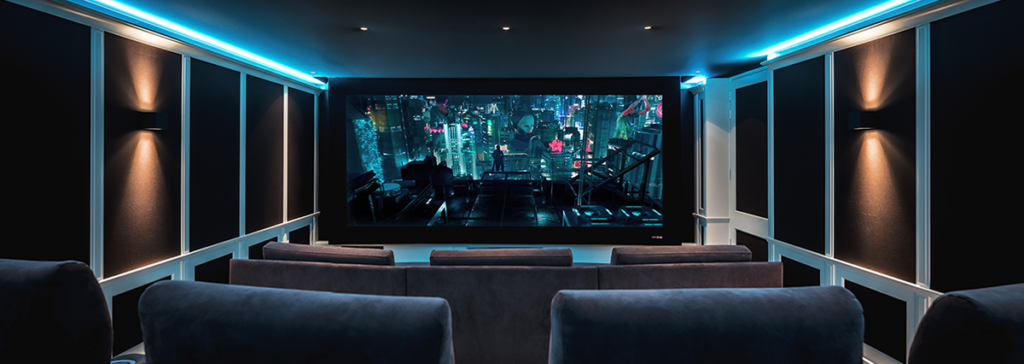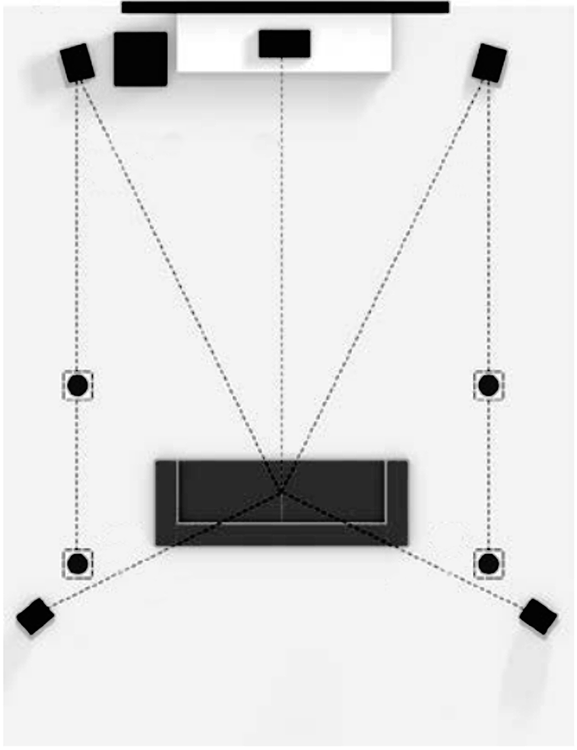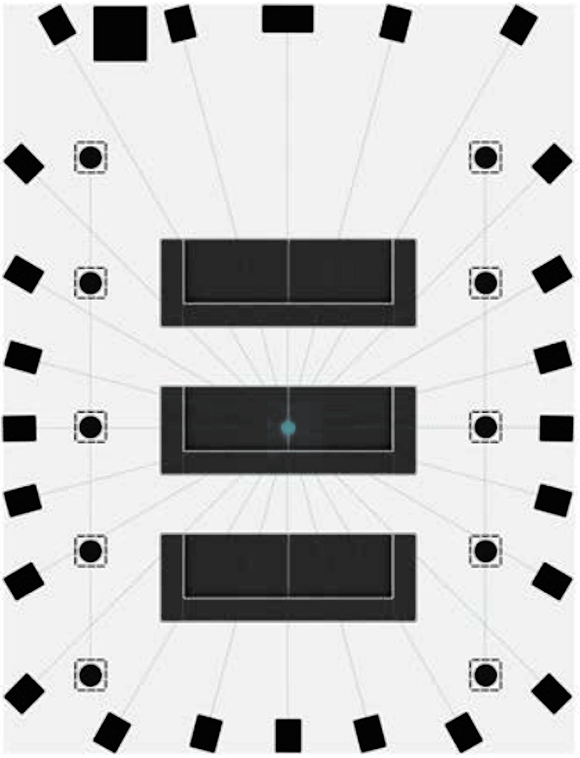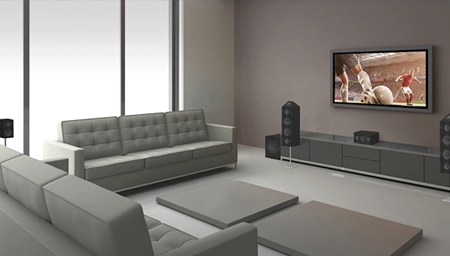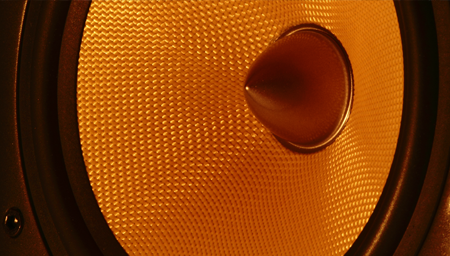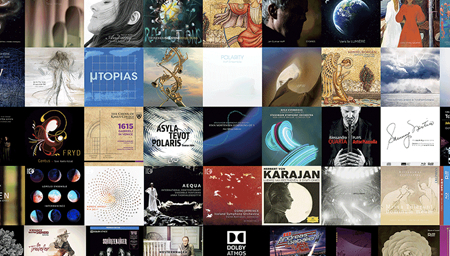Audio formats like Dolby Atmos add another layer and dimension to the content, drawing you more fully into moment of what you’re watching or listening to. An Atmos audio track listened to on a luxury system can transform your room into a wide open, wind-swept field; a creaking and eerie house; the vastness of space; or can place you on a race track with the roar of engines streaking past you—all of which immerses you in the moment and heightens the experience. This is especially true when you’re talking about the experience in a larger movie room with multiple seats, to make sure that the audio signal passes seamlessly around the room.
In a nutshell, Atmos completely reinvented the way audio mixes were created at the studio level. In the past, surround sound mixes—like Dolby Digital or DTS—were all channel based, meaning sounds were mixed for a specific number of channels, typically seven plus a subwoofer, called 7.1. Even though a commercial cinema might have the entire side and rear walls lined with speakers, there were essentially just four channels (left and right surround, left and right rear) designed to provide fill across a large seating area.
With Atmos, Dolby transitioned away from channel-based to object-based mixes, supporting up to 128 sound objects in the mix at any moment. Information embedded in each object tells the Atmos renderer about the object (such as how much weight or presence it should have) along with where to move it around the room. And where the channel-based mixes were limited to 7.1, full theatrical mixes can include up to 64 discrete locations plus the subwoofer.
One of the aspects of Atmos that people are most familiar with is the new height element. Whereas in the past sounds were limited to just being placed around the listener, these height speakers positioned overhead can literally place sounds above listeners, and can include up to 18 speakers in a commercial cinema.
With Atmos, a surround mix can be truly immersive, placing sounds virtually anywhere in a 360° space all around and overhead, letting you distinctly pinpoint precisely where a sound is originating from. Helicopters can hover and move all about overhead, voices can emanate from any specific location, and a rain storm can sound like a deluge, all of which heightens the emotional experience.
One of Atmos’ brilliant features is its ability to scale and translate the full suite of 128 audio objects and 64 speakers in the theatrical mix to the audio mix you hear at home. But just because all the information is carried over from the theatrical mix doesn’t mean all Atmos systems are the same. In fact, far from it. And this is another area where a luxury system can greatly distance itself in the experience, and where a premium system distinguishes itself especially in larger rooms.


